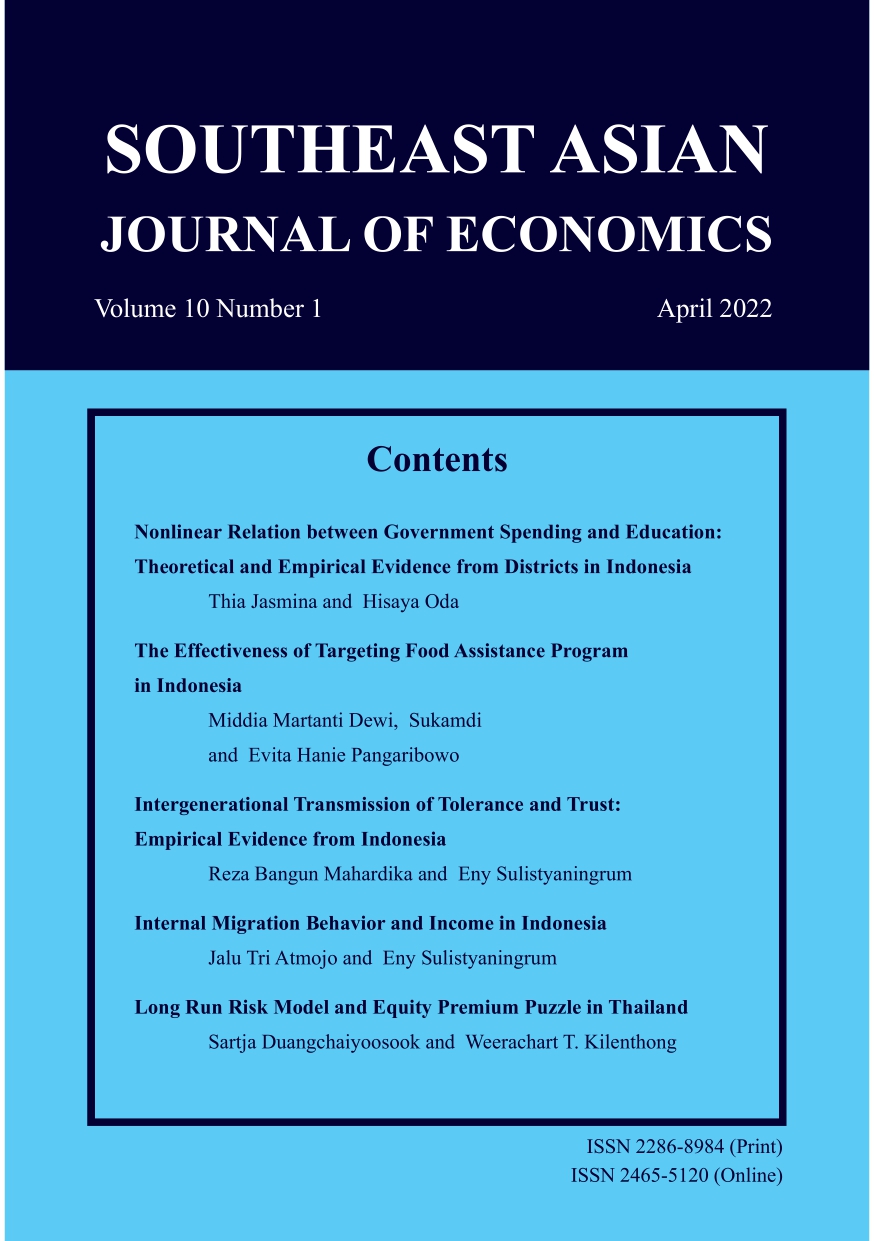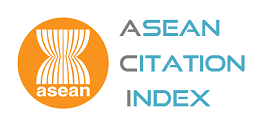The Effectiveness of Targeting Food Assistance Program in Indonesia
Keywords:
food assistance program, transfer payments, exclusion error, inclusion errorAbstract
In 2020, the food assistance program in Indonesia changed the method of distributing aid. The food assistance in the form of rice is now delivered electronically, using an electronic voucher that can be exchanged for food in in partner stalls. Transfer payment change was made to reduce the occurrence of targeting inaccuracies during aid distribution. This study aims to determine the success of the Sembako Program, which can be seen from the accuracy or inaccuracy of targets. The target accuracy rate in the Sembako Program is only 47.46 percent. Meanwhile, the exclusion error rate is 71.04 percent and the inclusion rate is 52.54 percent, higher than the target
accuracy rates. In this research, exclusion error occurred in poor households with a younger head of household, no legal identity, no disabled household members, and having assets. Meanwhile, the inclusion error occurred in the opposite
condition.
Downloads
Published
How to Cite
Issue
Section
License

This work is licensed under a Creative Commons Attribution-NonCommercial-NoDerivatives 4.0 International License.
The submission of a manuscript implies that the paper is an original work and has not been published elsewhere. The author(s) authorize the journal to reproduce or distribute the paper in printed or other electronic forms.







